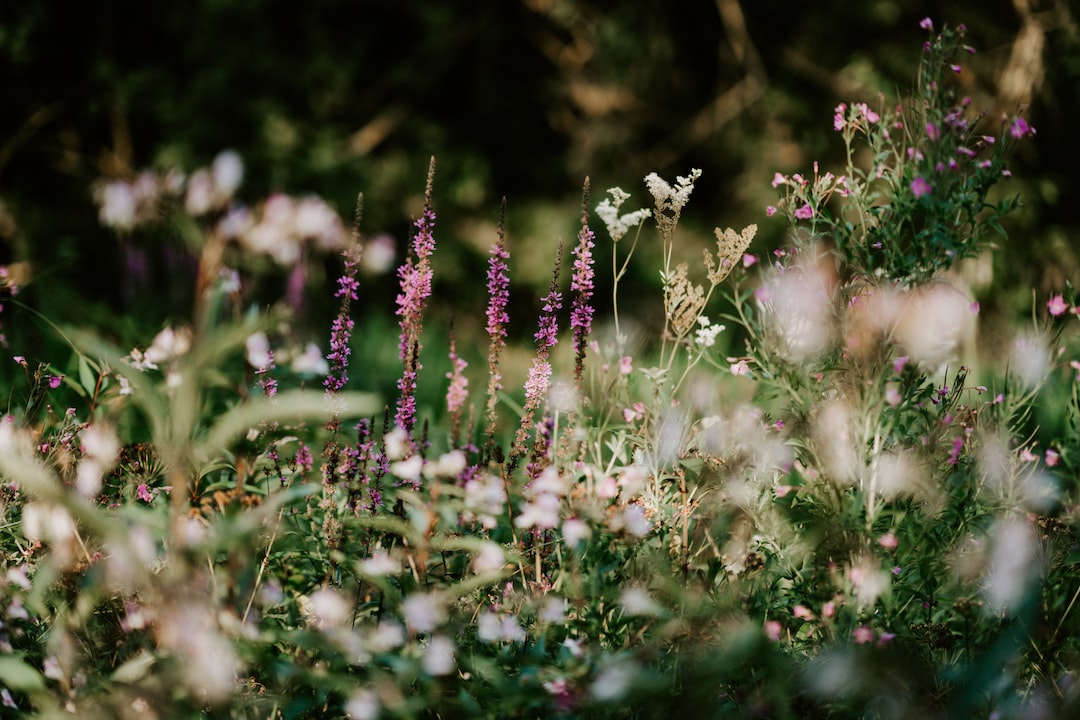Designing a Relaxing Zen Garden: Tips and Ideas
In today’s fast-paced world, finding a tranquil space to unwind and relax is crucial for our mental and emotional well-being. Creating a Zen garden is a wonderful way to create such a space at home. Zen gardens originated in Japan and are known for their minimalist design and emphasis on tranquility and reflection. In this blog post, we will discuss some essential tips and ideas for designing a relaxing Zen garden.
1. Choose the Right Location:
The first step in designing a Zen garden is selecting the perfect location for it. Look for an area in your backyard or even indoors that receives ample sunlight and is free from external noise or distractions. It could be a corner of your garden, a rooftop, or even a small indoor space. The goal is to create a space that feels secluded and peaceful, where you can immerse yourself in meditation and relaxation.
2. Create a Sense of Serenity:
One of the key aspects of a Zen garden is the creation of a serene atmosphere. Achieve this by using natural elements, such as rocks, gravel, and plants, in your design. Choose a color palette that is calming and integrates harmoniously with the surroundings. Earthy tones like greens, browns, and grays work well for creating a tranquil ambiance.
3. Embrace Simplicity:
Simplicity is at the core of Zen garden design. Keep the layout clean and uncluttered, with a minimal number of elements. Avoid ornate decorations or excessive details that can disrupt the calmness of the space. Remember, less is more when it comes to a Zen garden, and each element should have a purpose.
4. Incorporate Natural Elements:
Zen gardens typically feature natural elements, such as rocks, stones, and water. Introduce large stones or boulders strategically throughout the garden to create focal points. Arrange them in a way that evokes a sense of balance and harmony. Add a still-water feature like a small pond or a shallow basin to reflect the beauty of the garden and create a sense of tranquility.
5. Focus on Texture:
Texture plays a vital role in Zen garden design, creating visual interest and tactile sensations. Use different textures in your garden, such as smooth pebbles, fine gravel, or rough stones, to add depth and variety. Incorporating moss or ornamental grasses can also introduce a sense of softness and lushness.
6. Balance Yin and Yang:
Incorporating the concept of Yin and Yang into your Zen garden can enhance its relaxation factor. Yin represents calmness and stillness, while Yang represents movement and energy. Strike a balance between these opposing forces by adding both still elements, such as rocks and statue, and dynamic elements, like gently flowing water or wind chimes. This balance will create an atmosphere of harmony and peace.
7. Create a Sensory Experience:
A Zen garden is all about engaging the senses. Plant aromatic flowers or herbs, like lavender or jasmine, to delight your sense of smell. Incorporate wind chimes or bamboo screens to create a soothing sound experience. Add a comfortable seating area with soft cushions to provide a space for relaxation and touch. By appealing to all your senses, you will create a truly immersive and relaxing Zen garden.
8. Consider Mindfulness Meditation:
Beyond the physical design, Zen gardens can also serve as a space for mindfulness meditation. Place a small meditation cushion or a comfortable chair in a designated area where you can sit and meditate. Practice mindfulness techniques, focusing on your breath and the present moment. This will further enhance the relaxing and introspective qualities of your Zen garden.
In conclusion, creating a relaxing Zen garden can provide a much-needed escape from the hustle and bustle of everyday life. By selecting the right location, embracing simplicity, incorporating natural elements, and appealing to the senses, you can design a space that promotes tranquility and well-being. So why not start designing your own peaceful sanctuary today?

